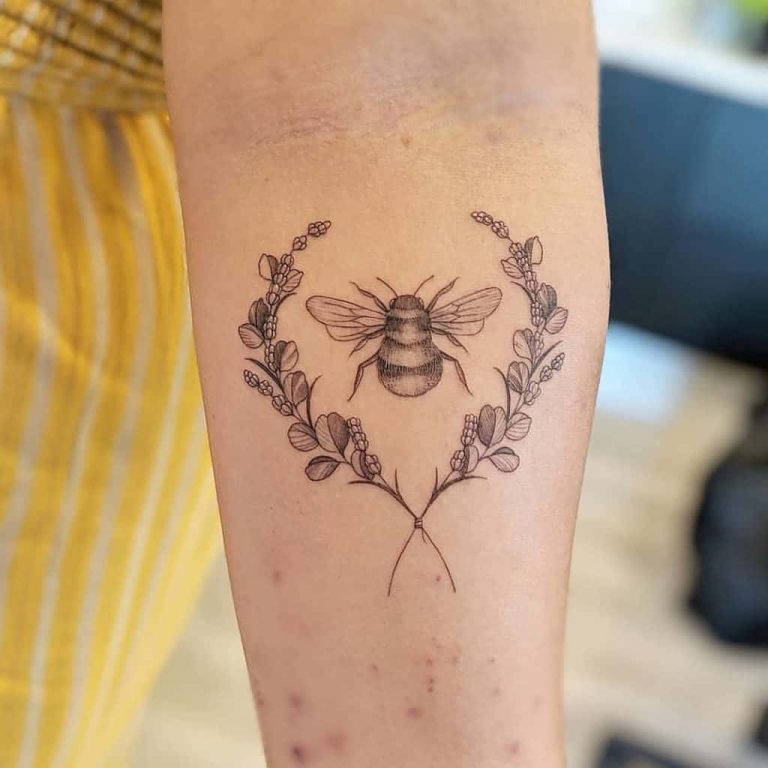There are a number of products that can be used instead of Vaseline for a tattoo. Aquaphor Healing Ointment, Lubriderm Daily Moisture Lotion, and Eucerin Original Healing Cream are all good options. Be sure to select a product that is non-scented and hypoallergenic to avoid irritating the skin.
If you’re looking for a Petroleum Jelly alternative for your tattoo aftercare, there are quite a few options available! You can use products like Aquaphor, Eucerin, or even coconut oil.
Can You Put Vaseline On a Tattoo? Is Vaseline Good for Tattoos?
What Can I Use to Moisturize My Tattoo?
If you’re looking to moisturize your tattoo, there are a few things you can use. For starters, you can use a tattoo lotion. These are typically light lotions that won’t clog your pores or irritate your skin.
You can also use a tattoo balm, which is thicker than a lotion and helps to lock in moisture. If you’re wanting something even more intensive, you can try a tattoo oil. These are usually made with natural ingredients and help to nourish the skin.
Whichever route you go, make sure to test it out on a small area of skin first to make sure you don’t have any adverse reactions.
Can You Use Lotion Instead of Vaseline for a Tattoo?
You can use lotion instead of Vaseline for a tattoo if you don’t have any Vaseline on hand. However, it’s not the best idea since lotion isn’t as effective in protecting the skin during the tattooing process. It can also cause the ink to spread out more and make the overall design look blurry.
So if you have some Vaseline, it’s best to use that.
Can You Do a Tattoo Without Vaseline?
If you’re asking whether vaseline is necessary for a tattoo, the answer is no. You can absolutely do a tattoo without vaseline. In fact, many people prefer to use alternatives to vaseline because it can cause the ink to spread and make the tattoo look blurry.
So if you’re looking for a sharp, clean tattoo, you might want to steer clear of vaseline. There are plenty of other products that can be used to protect your skin during a tattoo, like petroleum jelly, aquaphor, or even lanolin.
What is the Best Lubricant for Tattooing?
There are a few things to consider when choosing the best lubricant for tattooing. The first is what kind of ink you will be using. Some inks require a certain type of lubricant, so be sure to check with your artist or the ink manufacturer beforehand.
The second is what kind of skin you have. If you have sensitive skin, you may want to choose a hypoallergenic option. Finally, consider how much tattooing you plan on doing.
If you only plan on getting a small tattoo, any type of lotion or cream will do. But if you’re planning on getting a large tattoo or multiple tattoos, it’s important to choose a product that won’t dry out your skin.
With all that being said, there are two main types of lubricants used for tattooing: petroleum jelly and glycerin-based products.
Petroleum jelly is the most popular choice because it’s cheap and easy to find. However, it can cause allergic reactions in some people and it doesn’t provide much moisture to the skin. Glycerin-based products are more expensive but they’re less likely to cause an allergic reaction and they help keep the skin hydrated during the tattooing process.

Credit: greatist.com
Can I Put Vaseline on My Tattoo Instead of Aquaphor
If you’re looking for a tattoo aftercare option that’s a little cheaper than Aquaphor, you may be wondering if Vaseline will work just as well. Unfortunately, the answer is no. While Vaseline can help to keep your skin moisturized, it doesn’t have the same properties as Aquaphor when it comes to protecting your new tattoo.
In fact, using Vaseline on your tattoo can actually lead to problems like infection and fading. So if you want to ensure that your tattoo looks its best for years to come, stick with Aquaphor.
Conclusion
If you’re looking for something to use instead of Vaseline for your tattoo, there are a few options. You can use a thin layer of lotion, petroleum jelly, or even coconut oil. Whichever you choose, make sure to test it on a small area first to make sure you’re not allergic.




